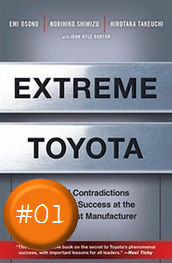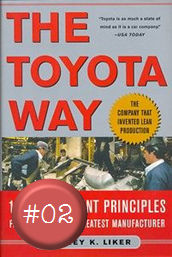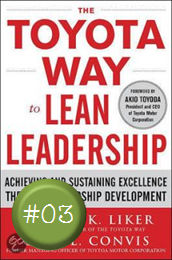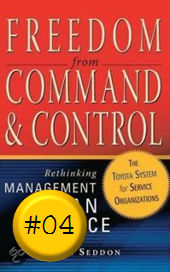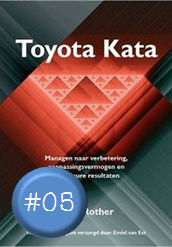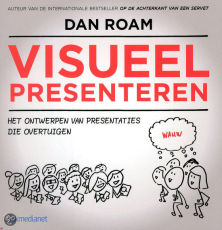
Bob Mosher en Conrad Gottfredson beschrijven in hun boek Innovative Performance Support - Strategies and Practices for Learning in the Workflow een aantal ontwerpprincipes en ontwikkelstrategieën die je helpen bij het bouwen van effectieve Performance Support-oplossing:
![]()
What you need to know
Sidekicks, planners, and quick-checks
... The time during performance has been the primary focus of Performance Support for decades. Allison Rossett, in her book Job aids and Performing Support: moving from knowledge in the classroom to knowledge everywhere, has called the solutions we build to support performers during this moment of time "sidekicks". One example of a sidekick is an online help system that provides the steps to follow while completing a specific task Another example might be a checklist.
Rossett has also introduced another time phase of Apply: the need to plan prior to actually performing. She calls these kind of performer support solutions "planners". ... A planner could provide you the option to review, at a high level, the principles introduced in the course with links to all legal guidelines including highlighting those that have changed since you took the course. This performer support planner might also provide you the option to dive deeper into any principle including e-learning video bursts demonstrating each of the principles.
The third time phase of Apply is a critical area for any organization interested in continuous performance improvement. In this phase, following the actual act of Apply, performers conduct an assessment called a quick-check.
(...)
Overarching design principles
An effective job aids requires more than the right content in the right form (for example, paper, mobile device, or Web page). A job aid is usable to the degree that it can be readily scanned, quickly read, and comprehended appropriately. If performers must labor to achieve this, many will opt to go elsewhere for their Performance Support.
There is much you can do to help performers rapidly grasp what they need to obtain from a job aid. Typography and graphics can help performers achieve greater understanding in less time if used appropriately.
... To make a job aid as usable as possible, you should take the following steps:
- Incorporate structured writing
- Write simply
- Use typography to enhance readability
- Establish proper graphic conventions
Guidelines for designing job aids for troubleshooting
- Provide decision trees
- Provide trouble shooting tips
- Provide links to troubleshooting concepts
Guidelines for designing learning bursts
Guidelines for making reference information accessible
Zie ook:
- 5 moments of need volgens Bob Mosher & Conrad Gottfredson
- Het proces als basis voor Performance Support
- Innovative Performance Support (boekentip)
- Moments of need-model volgens Ben Tiggelaar
- Performance support: leren vanaf de werkplek
- Performance support volgens Bob Mosher & Conrad Gottfredson
- Performance support volgens Conrad Gottfredson
- Performance support volgens Jay Cross
- Performance Support volgens Nick Shackleton-Jones
- Performance Support volgens Savant Learning Partners
- Werkplekleren volgens Alfred Remmits
Alias: Werkplekleren







